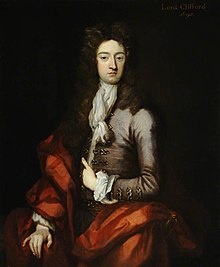
Richard Boyle,3rd Earl of Burlington and 4th Earl of Cork,was a British architect and noble often called the "Apollo of the Arts" and the "Architect Earl". The son of the 2nd Earl of Burlington and 3rd Earl of Cork,Burlington never took more than a passing interest in politics despite his position as a Privy Counsellor and a member of both the British House of Lords and the Irish House of Lords. His great interests in life were architecture and landscaping,and he is remembered for being a builder and a patron of architects,craftsmen and landscapers,Indeed,he is credited with bringing Palladian architecture to Britain and Ireland. His major projects include Burlington House,Westminster School,Chiswick House and Northwick Park.

Earl of Cork is a title in the Peerage of Ireland,held in conjunction with the Earldom of Orrery since 1753. It was created in 1620 for Richard Boyle,1st Baron Boyle. He had already been created Lord Boyle,Baron of Youghal,in the County of Cork,in 1616,and was made Viscount of Dungarvan,in the County of Waterford,at the same time he was given the earldom. These titles are also in the Peerage of Ireland.

Richard Boyle,1st Earl of Burlington,2nd Earl of Cork was an Anglo-Irish nobleman who served as Lord High Treasurer of Ireland and was a Cavalier.

Earl of Burlington is a title that has been created twice,the first time in the Peerage of England in 1664 and the second in the Peerage of the United Kingdom in 1831. Since 1858,Earl of Burlington has been a courtesy title used by the dukes of Devonshire,traditionally borne by the duke's grandson,who is the eldest son of the duke's eldest son,the marquess of Hartington.

Henry Boyle,1st Baron Carleton,was an Anglo-Irish Whig politician who sat in the Irish House of Commons from 1692 to 1695 and in the English and British House of Commons between 1689 and 1710. He served as Chancellor of the Exchequer and Secretary of State,and after he was raised to the peerage as Baron Carleton,served as Lord President of the council.

Richard Lumley,1st Earl of Scarbrough was an English Army officer,Whig politician and peer best known for his role in the Glorious Revolution.
Henry Hyde,4th Earl of Clarendon and 2nd Earl of Rochester,PC,styled Lord Hyde from 1682 to 1711,was an English Army officer and Tory politician who sat in the English and British House of Commons from 1692 until 1711 when he succeeded to the peerage as Earl of Rochester.
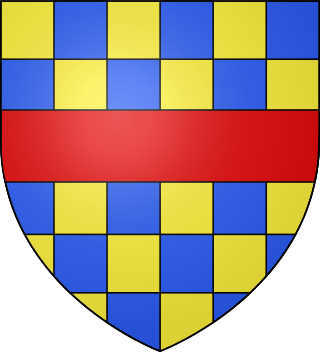
Baron Clifford is a title in the Peerage of England created by writ of summons on 17 February 1628 for Henry Clifford,the heir of Francis Clifford,4th Earl of Cumberland. Francis was believed to hold the Barony de Clifford,created in 1299,which could therefore be used to give Henry a seat in the House of Lords during his father's lifetime via a writ of acceleration. However,it would later be determined that the barony had in fact passed to his niece,Lady Anne Clifford. The summons of 1628 therefore unintentionally created a new barony,held by Henry. In 1641,on his father's death,Henry inherited the earldom of Cumberland,which became extinct upon his own death in 1643.

John Ker,1st Duke of Roxburghe,KG,PC,FRS was a Scottish nobleman.
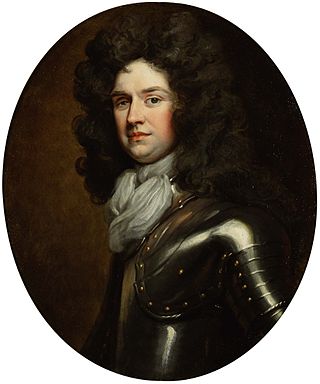
General David Colyear,1st Earl of Portmore KT,PC was a Scottish military officer and peer who served as the governor of Gibraltar from 1713 to 1720.
Charles Boyle,Viscount Dungarvan,3rd Baron Clifford,FRS,was an English peer and politician. He was a member of a famous Anglo-Irish aristocratic family.
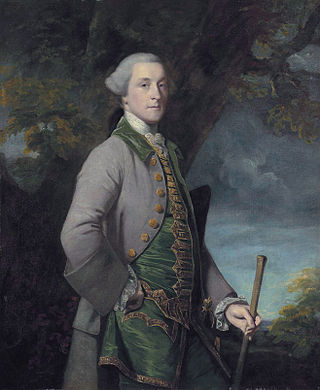
Richard Boyle,2nd Earl of Shannon KP,PC (Ire),was an Irish peer and Member of Parliament. He represented Dungarvan and County Cork,and succeeded his father as Earl of Shannon.
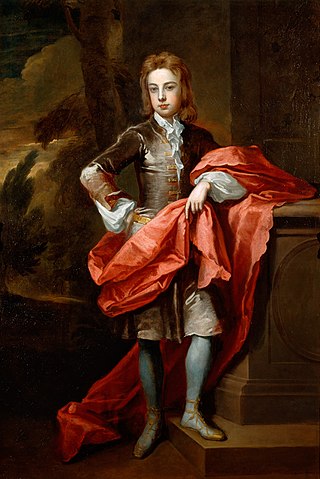
James Vernon the Younger was a British government official,courtier,diplomat and Whig politician who sat in the House of Commons from 1708 to 1710. He was an envoy to Denmark from 1702 to 1707.
Henry Petty,1st Earl of Shelburne PC (I) was an Anglo-Irish peer and politician who sat in the House of Commons from 1715 to 1727.
Charles Berkeley,2nd Earl of Berkeley,KB,PC,FRS was a British nobleman and diplomat,known as Sir Charles Berkeley from 1661 to 1679 and styled Viscount Dursley from 1679 to 1698.
Lieutenant-General Thomas Windsor,1st Viscount Windsor,styled The Honourable Thomas Windsor until 1699,was a British Army officer,landowner and Tory politician who sat in the English and British House of Commons between 1685 and 1712. He was then elevated to the British House of Lords as one of Harley's Dozen.
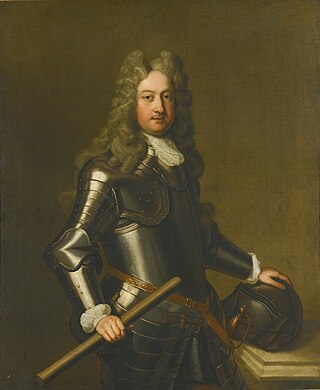
James Barry,4th Earl of Barrymore was an Irish soldier and Jacobite politician.

Anne Finch,Countess of Winchilsea and Nottingham,formerly Anne Hatton,was daughter of 1st Viscount Hatton and the second wife of Daniel Finch,2nd Earl of Nottingham,and the mother of Daniel Finch,8th Earl of Winchilsea. Lady Nottingham was appointed the Lady of the Bedchamber to Mary II of England in 1691,and served in that position until the Queen's death in 1694.
Robert Ker,3rd Earl of Roxburghe PC was a Scottish nobleman.
